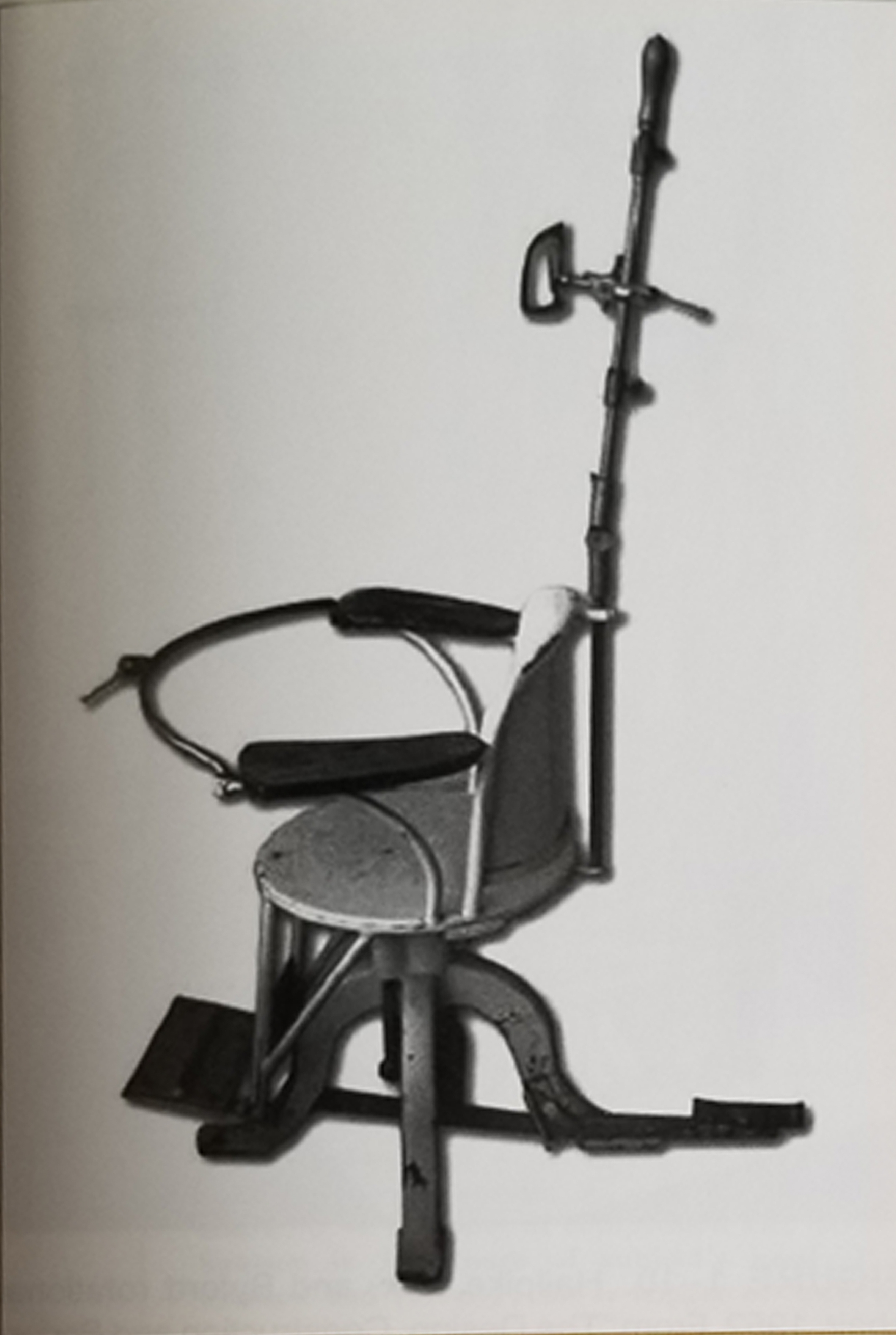Tech Tuesday: Sensory Integration: PEI’s Newest Vestibular Equipment
 Researchers and clinicians have been evaluating the vestibular system through rotation for just over 100 years. In fact, Robert Barany was awarded the Nobel Prize in 1914 for his work surrounding the evaluation of the vestibular system and his principles are still in use today.
Researchers and clinicians have been evaluating the vestibular system through rotation for just over 100 years. In fact, Robert Barany was awarded the Nobel Prize in 1914 for his work surrounding the evaluation of the vestibular system and his principles are still in use today.
“While the principles remain salient, the addition and refinement of measurement through technological advances increase our ability to reach new levels in diagnostics,” Dr. Bre Myers, audiologist and vestibular expert at the Pennsylvania Ear Institute (PEI) of Salus University, said.
This past year, the Pennsylvania Ear Institute (PEI) installed new state-of-the-art equipment that will allow for more comprehensive vestibular and balance evaluations for patients.
“Our students and patients have benefited from the addition of a new rotational chair which replaced our previous chair last year,” Dr. Myers said. “The new chair is equipped with high quality infrared video cameras and the ability to test off-axis rotations."
The vestibular system, which includes the inner ear, is what gives us our sense of balance and the upgraded rotary chair allows for more advanced tests of this essential sensory system.
“With the new rotary chair, what we’re able to do is really expand our knowledge of how the vestibular system works using a test that is more natural and easier for patients to tolerate,” said Dr. Myers.
During assessments, patients are seated comfortably and the chair is turned at slow speeds for several seconds then stopped. While the chair is in motion, audiologists record the patient’s eye movements.
 “The new rotary chair provides us with better assessments,” she said. “Based on what the eyes are doing, we can make inferences on what the balance system is doing.”
“The new rotary chair provides us with better assessments,” she said. “Based on what the eyes are doing, we can make inferences on what the balance system is doing.”
The second newest piece of equipment is the video head impulse test (vHIT), one of the most advanced vestibular tests in use today.
“With the vHIT, we can better evaluate patients with persistent problems who may have had normal results from other tests,” said Dr. Myers.
During assessments, patients simply sit in a chair and the audiologist will turn their head back and forth. At the same time, the vHIT is capable of recording more accurate eye movements in response to the patient’s fast head movements.
According to Dr. Myers, the new additions have really made a difference.
“From a clinical perspective, this equipment has been a great addition,” Dr. Myers said. “Not only are they sleek and easy to use, they help us to provide better assessments and in turn more quality care for our patients.
Along with helping patients, the equipment also benefits students in the University’s Osborne College of Audiology, who are assigned to PEI as part of their clinical rotation.
“We can offer our students experiences that will propel them ahead of their peers in terms of their ability to work with the most sophisticated equipment,” said Dr. Myers. “These new upgrades will aid them as they graduate from our program and pursue careers as audiologists.”